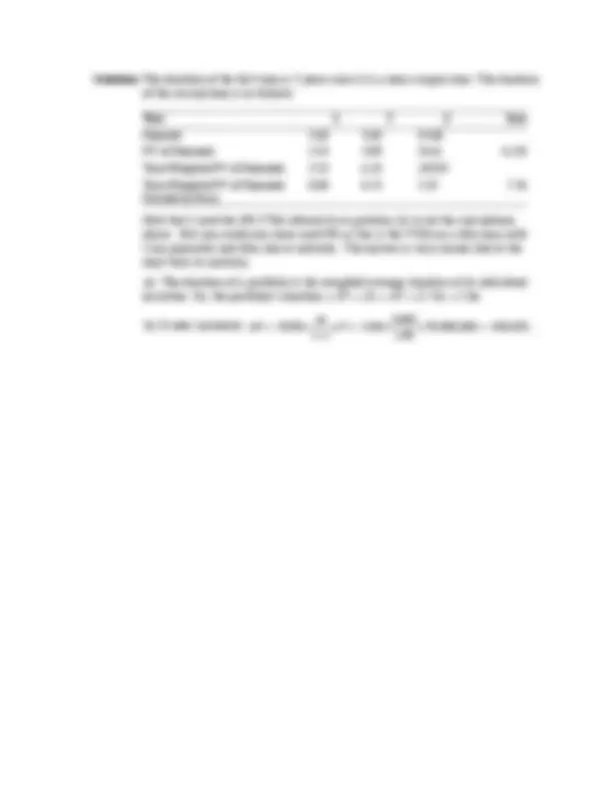



Study with the several resources on Docsity

Earn points by helping other students or get them with a premium plan


Prepare for your exams
Study with the several resources on Docsity

Earn points to download
Earn points by helping other students or get them with a premium plan
Community
Ask the community for help and clear up your study doubts
Discover the best universities in your country according to Docsity users
Free resources
Download our free guides on studying techniques, anxiety management strategies, and thesis advice from Docsity tutors
Solutions to problem set 2 of econ 340, fall 2009. It includes calculations of present value, yield to maturity, and bond duration for various bond scenarios. The document also discusses the relationship between yield to maturity and current market value.
Typology: Assignments
1 / 3

This page cannot be seen from the preview
Don't miss anything!


Econ 340, Fall 2009 Problem Set 2 Chapter 3: Questions 1-2, Quantitative Problems 1-3, 11, 13, 14.